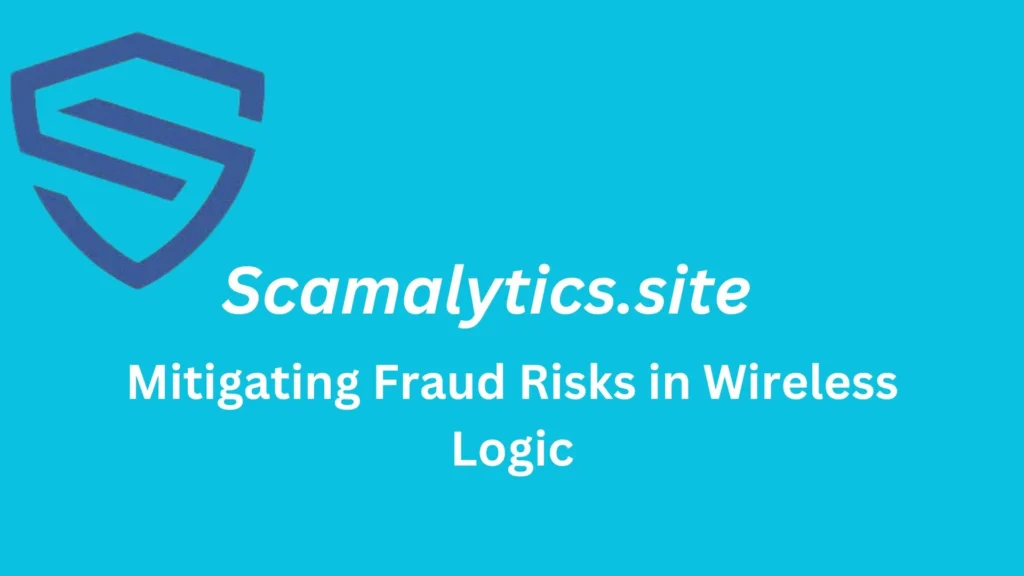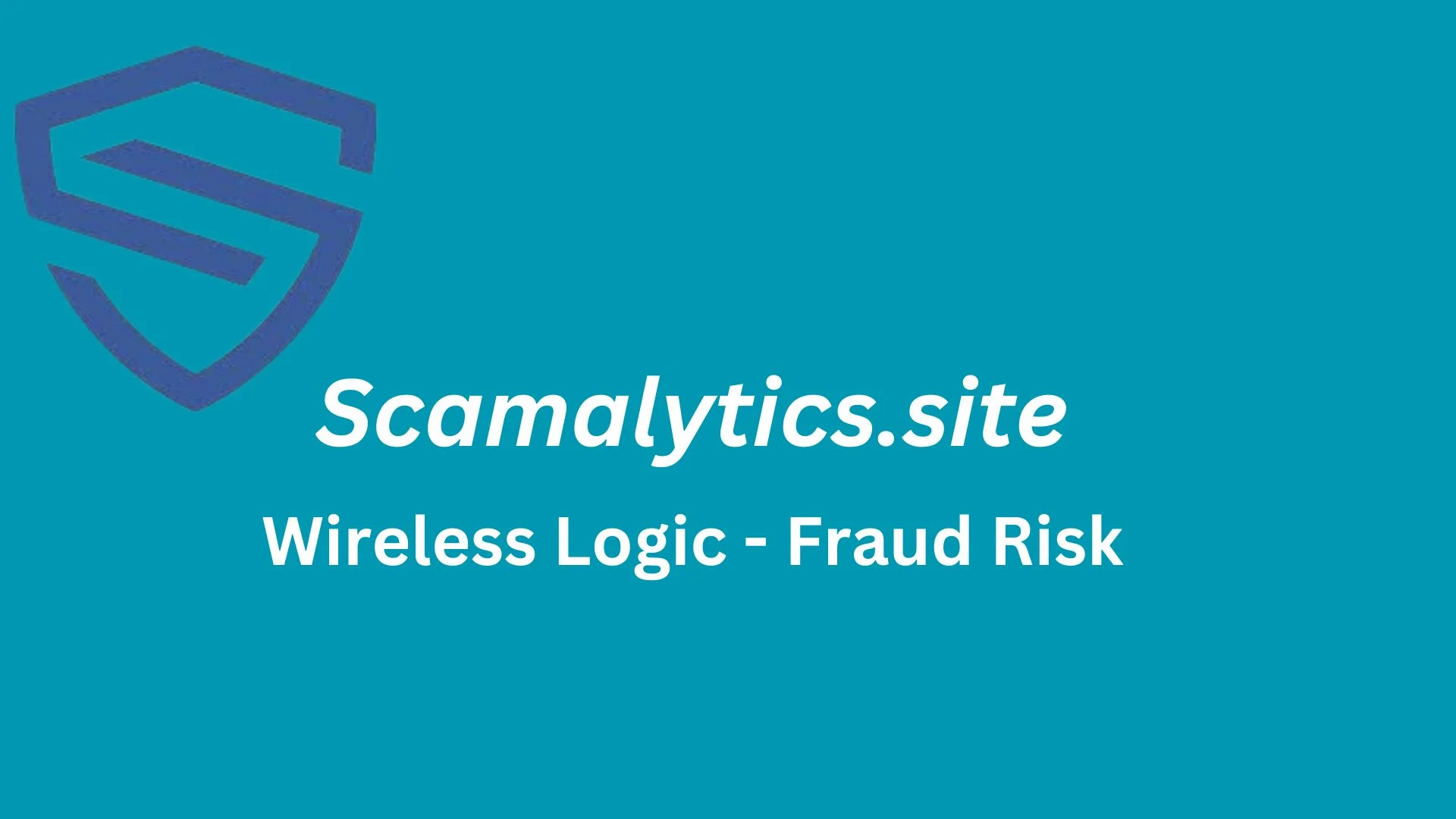Introduction
In the rapidly evolving world of wireless technology, Wireless Logic has emerged as a prominent player, offering a range of solutions to businesses across various industries. However, as with any technology-driven industry, the potential for fraud risks is an ever-present concern. This article delves into the intricacies of fraud risks associated with Wireless Logic and explores strategies to mitigate these challenges.
Understanding Wireless Logic
Wireless Logic is a leading provider of managed services for the Internet of Things (IoT) and Machine-to-Machine (M2M) communications. The company’s offerings span a wide spectrum, including secure connectivity, device management, and data analytics. Wireless Logic’s services are designed to enable businesses to streamline their operations, enhance productivity, and unlock valuable insights from their connected devices.
Fraud Risks in Wireless Logic
Wireless Logic, like any other technology-driven industry, is not immune to the threat of fraud. The nature of the services it provides, the sensitive data it handles, and the distributed nature of the IoT/M2M ecosystem all contribute to the potential for fraudulent activities. Understanding the specific fraud risks associated with Wireless Logic is crucial for businesses and consumers alike.
- Device Hijacking: Fraudsters may attempt to gain unauthorized access to connected devices within the Wireless Logic ecosystem, using them for malicious purposes such as data theft, distributed denial-of-service (DDoS) attacks, or even to disrupt critical infrastructure.
- SIM Card Cloning: Criminals may try to clone SIM cards associated with Wireless Logic accounts, allowing them to impersonate legitimate users and access restricted resources or services.
- Subscription Fraud: Fraudsters may create fake or stolen identities to sign up for Wireless Logic services, leading to financial losses and potentially compromising the integrity of the network.
- Data Manipulation: Malicious actors may attempt to intercept or tamper with the data transmitted through Wireless Logic’s networks, potentially altering critical information or diverting it to unauthorized destinations.
- Billing Fraud: Fraudsters may try to exploit vulnerabilities in Wireless Logic’s billing systems, either by inflating usage charges or creating unauthorized charges on customer accounts.
- Insider Threats: Malicious insiders with access to Wireless Logic’s systems and networks could exploit their privileged positions to facilitate fraudulent activities, such as data theft or unauthorized access to sensitive information.
Mitigating Fraud Risks in Wireless Logic

To address the fraud risks associated with Wireless Logic, a comprehensive and multi-layered approach is required. Here are some key strategies that can help mitigate these threats:
- Robust Authentication and Authorization: Wireless Logic should implement strong authentication mechanisms, such as multi-factor authentication (MFA) and biometric verification, to ensure that only authorized users and devices can access the system. This can help prevent unauthorized access and device hijacking.
- Secure Data Transmission and Storage: Wireless Logic should prioritize the implementation of robust encryption protocols and secure data storage solutions to protect the confidentiality and integrity of the information transmitted and stored within the system.
- Comprehensive Fraud Monitoring and Detection: Wireless Logic should invest in advanced fraud monitoring and detection systems that can continuously analyze user behavior, device activity, and transaction patterns to identify and flag suspicious activities in real-time.
- Proactive Threat Intelligence and Vulnerability Management: Wireless Logic should maintain a proactive approach to threat intelligence, regularly monitoring for emerging fraud trends and vulnerabilities within their ecosystem. This information can be used to update security measures and implement appropriate countermeasures.
- Effective Incident Response and Remediation: Wireless Logic should have a well-defined incident response plan that outlines the steps to be taken in the event of a fraud-related incident. This plan should include procedures for incident containment, investigation, and effective remediation to minimize the impact and prevent future occurrences.
- Collaboration and Information Sharing: Wireless Logic should actively engage with industry partners, regulatory bodies, and law enforcement agencies to share information about fraud incidents and best practices for fraud prevention. This collaborative approach can help the entire industry strengthen its defenses against emerging fraud threats.
- Employee Training and Awareness: Wireless Logic should prioritize employee training and awareness programs to ensure that its workforce is equipped with the knowledge and skills to recognize and respond to potential fraud risks. This can include training on social engineering tactics, phishing detection, and incident reporting procedures.
- Robust Vendor and Partner Vetting: Wireless Logic should implement rigorous vetting processes for its vendors, partners, and third-party service providers to ensure that they adhere to the same high standards of security and fraud prevention as the company itself.
Conclusion
Wireless Logic, as a prominent player in the IoT and M2M communication landscape, faces a diverse array of fraud risks that require a comprehensive and proactive approach to mitigation. By implementing robust security measures, leveraging advanced fraud detection and monitoring systems, and fostering a culture of collaboration and information sharing, Wireless Logic can enhance its resilience against the evolving threat of fraud. As the industry continues to grow and evolve, the ability to effectively manage fraud risks will be a crucial factor in maintaining the trust and confidence of businesses and consumers alike.

